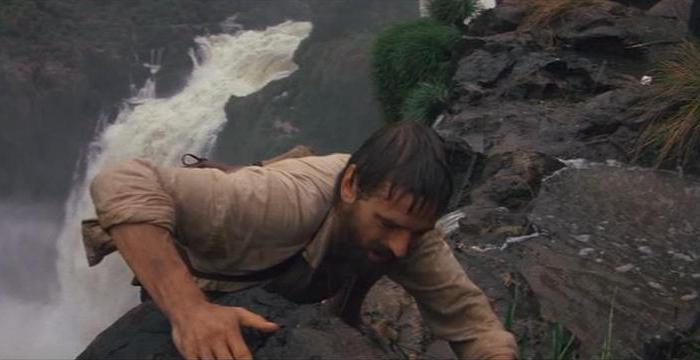| Academy Award Nominations and Winners: |
| Best Picture |
| Best Director: Roland Joffé |
| ★ | Best Cinematography: Chris Menges |
| Best Art Direction: Stuart Craig; Jack Stephens |
| Best Costume Design: Enrico Sabbatini |
| Best Film Editing: Jim Clark |
| Best Original Score: Ennio Morricone |
|
| Golden Globe Nominations and Winners: |
| Best Picture (Drama) |
| Best Director: Roland Joffé |
| Best Actor (Drama): Jeremy Irons |
| ★ | Best Screenplay: Robert Bolt |
| ★ | Best Original Score: Ennio Morricone |
|
| Other Awards: |
| Cannes Film Festival: Palme d'Or (Best Picture); Technical Grand Prize (Joffé) |
| Los Angeles Film Critics Association: Best Cinematography |
| British Academy Awards (BAFTAs): Best Supporting Actor (McAnally); Best Film Editing; Best Original Score |



